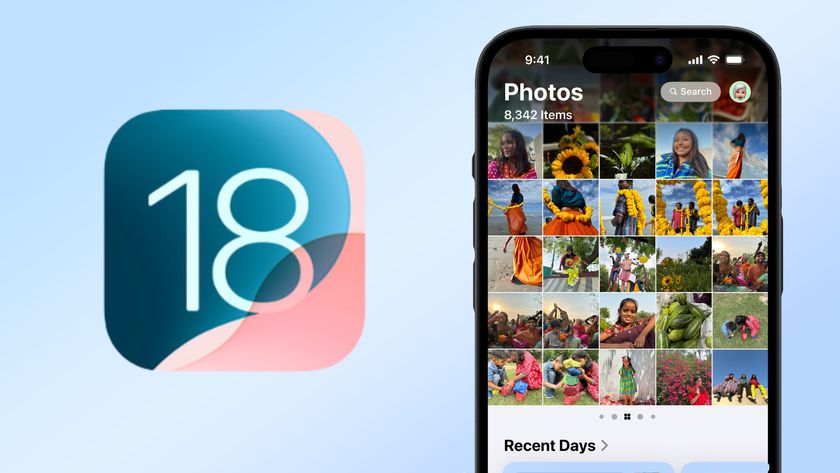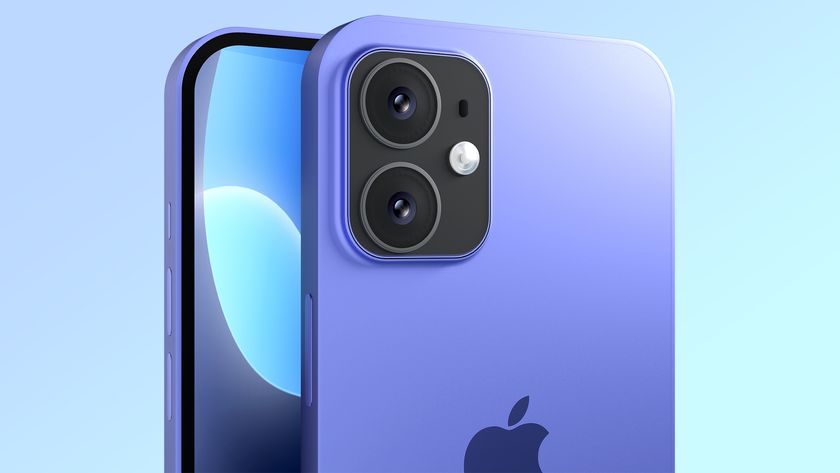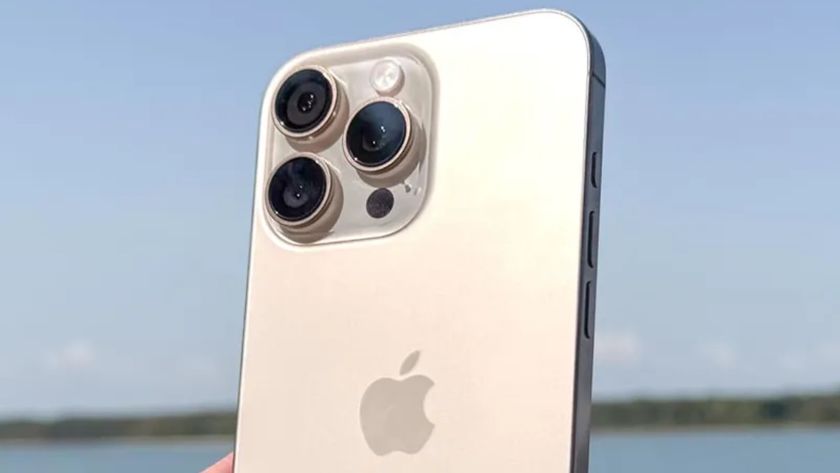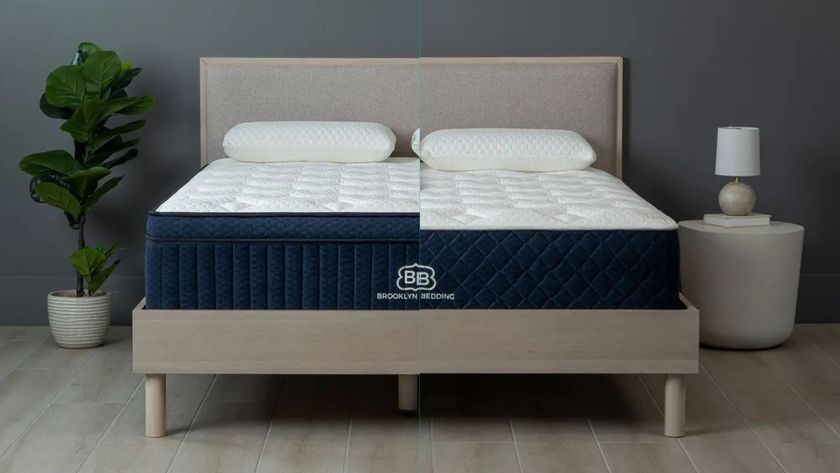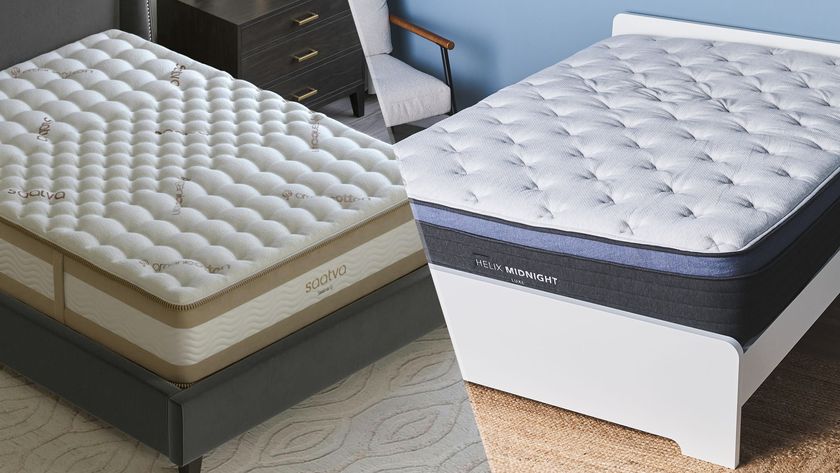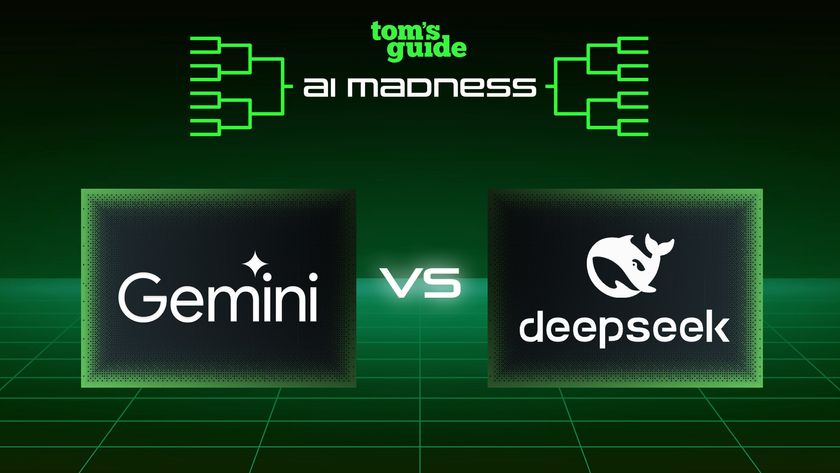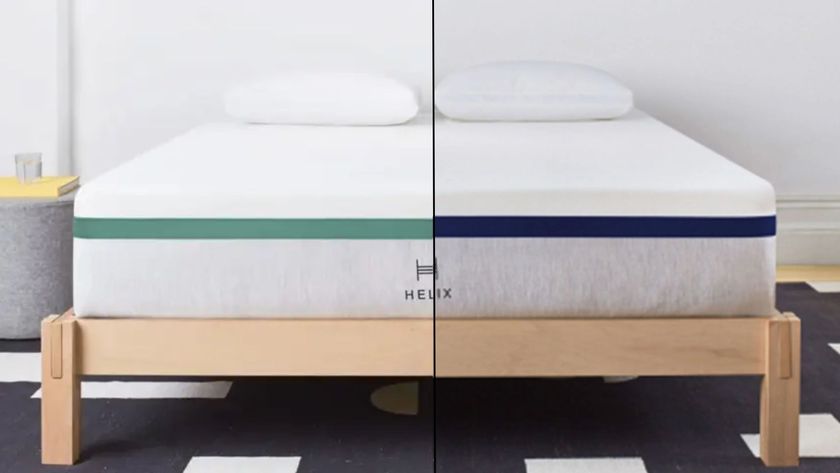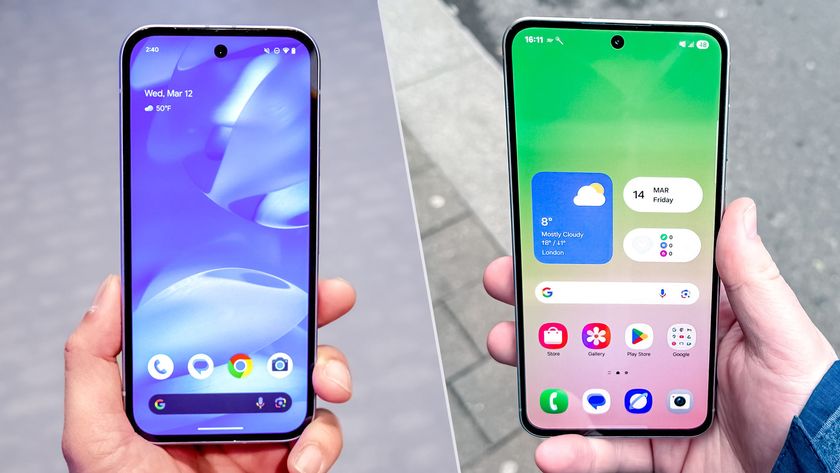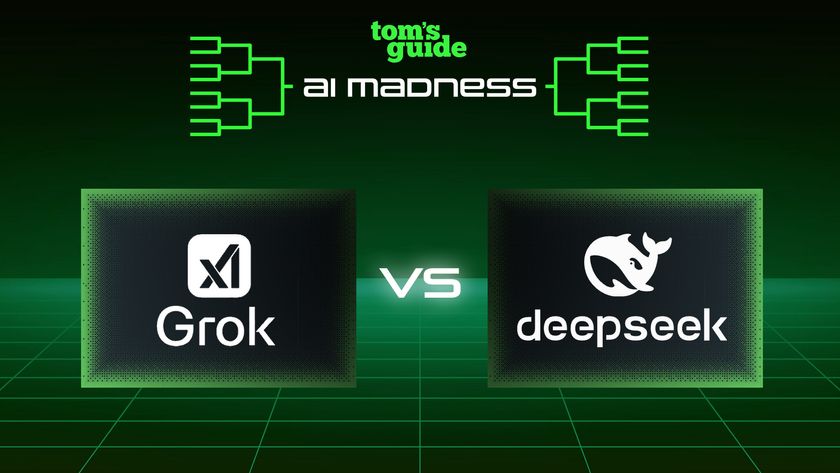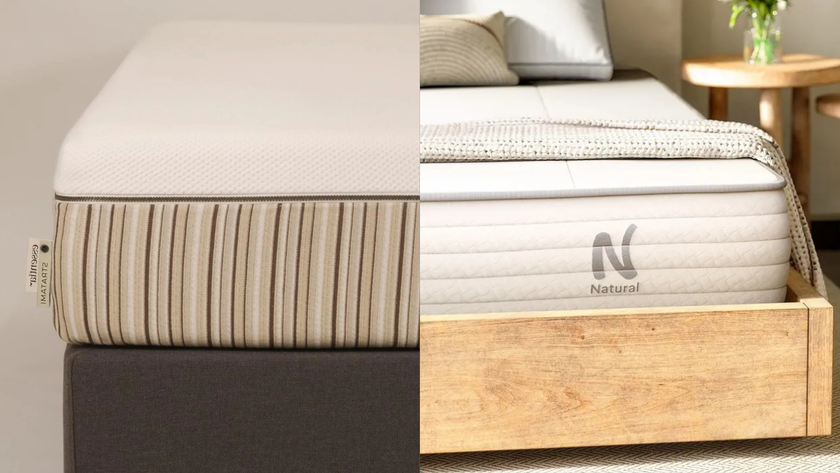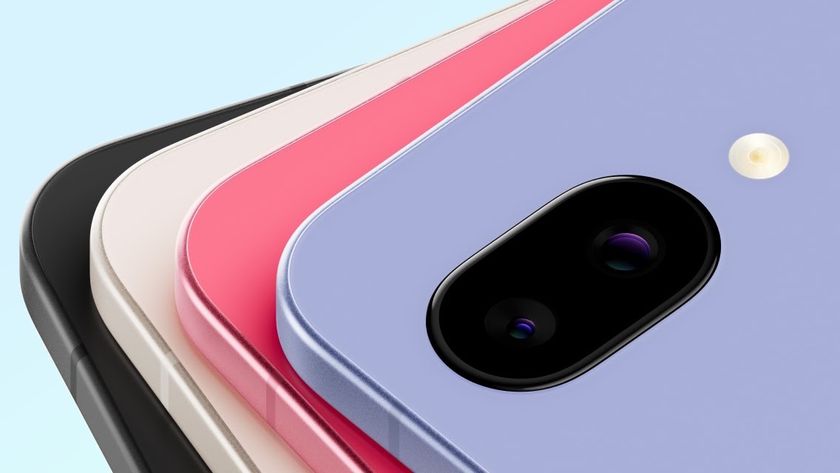iPhone 7 vs. iPhone 7 Plus: Which One Should You Buy?
Not sure which new iPhone to get? It all comes down to size, camera and price.
When trying to decide which of Apple's new phones belongs in your pocket — the iPhone 7 or iPhone 7 Plus — you essentially have to answer three questions. How big an iPhone do you want? What kind of camera do you need? And just how much are you willing to pay?

That's because the iPhone 7 and 7 Plus have more in common than you might think. Eager to try out that pressure-sensitive home button? You'll find it on both new phones. Can't wait to get your iPhone back in black? Both the 7 and 7 Plus feature the matte black and jet black options (though the latter is restricted to higher capacity versions on both the 7 and 7 Plus).
Eager for a phone with a headphone jack? Uh, perhaps I could interest you in these lower-priced iPhone 6s and 6s Plus phones, because you won't find a headphone jack on either new iPhone.
So if you're trying to decide whether the iPhone 7 or 7 Plus is the phone to get, here's a handy rundown of the differences between the two models.
MORE: Hands-on with Apple's Newest iPhones
Size
Apple continues to offer its phones in two different sizes. The iPhone 7 has a 4.7-inch screen while the iPhone 7 Plus offers a 5.5-inch display.
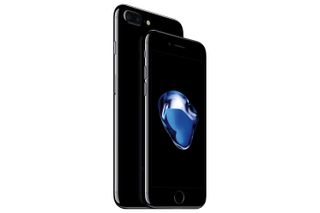
Those different sized screens mean two differently shaped phones. The iPhone 7 is 5.4 x 2.6 x 0.3 inches to the 6.2 x 3 x 0.3-inch dimensions of the iPhone 7 Plus. (These are the same sizes of the iPhone 6s and 6s, respectively.) The iPhone 7 Plus is bulkier at 6.6 ounces than the 4.9-ounce iPhone 7. Both new phones have shed a tenth of an ounce off the weight of their predecessors.
If you like larger screen phones, you'll likely embrace the added real estate the iPhone 7 Plus commands. If phones with displays larger than 5 inches feel bulky in your pocket, the iPhone 7 may be more your speed.
Display
Different sized screens mean different resolutions. For the iPhone 7, that's a 1,330 x 750-pixel display, compared to the 1,920 x 1,080-pixel resolution of the iPhone 7 Plus.

Those numbers shouldn't surprise you: they're the same resolutions found on the iPhone 6s and 6s Plus. At least the new phones can say that their displays are 25 percent brighter than their predecessors', though you're still not going to confuse the iPhone's Retina HD display with the Super AMOLED screens on the Galaxy S7.
MORE: The Best Places to Buy and Sell a Used iPhone
Camera
Easily, the cameras on these new phones will be what sets them apart for most users. Apple made improvements to the rear cameras on both models, though the changes to the iPhone 7 Plus are far more substantive.
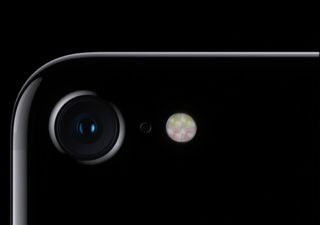
Let's start with the iPhone 7 rear camera, though: It's the same 12-megapixel shooter as before, though the f/1.8 aperture is wider than before, so that the iPhone 7's camera lets in 50 percent more light than the iPhone 6s did. A six-element lens means the iPhone 7 will shoot sharper images from edge-to-edge. And that 12-MP sensor is both faster and more efficient than before.
Apple improved the image signal processor on the iPhone 7's camera, with the ISP now offering twice the throughput as before. That means it can carry off tasks like setting the exposure, adjusting the focus and white balance, mapping the tone and reducing the noise in about 25 milliseconds, according to Apple.
Optical image stabilization used to be restricted to Apple's Plus-sized phones. That's changing with the iPhone 7, which now offers the feature — very welcome when your hands are as shaky as mine.
Apple also made changes to the flash on the iPhone 7, using four LEDs to provide more light. A flicker sensor can now detect artificial lighting and adjust for it when you use the flash.
That's all pretty impressive. So how does Apple make the iPhone 7 Plus stand out? By adding a second 12-megapixel lens to the rear camera.
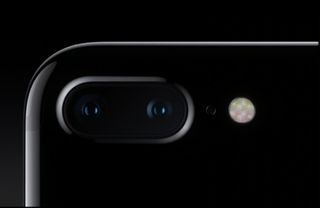
That dual-camera setup features a wide-angle lens and a telephoto one. (The wide-angle lens has an f/1.8 aperture — same as the iPhone 7's camera — while the aperture on telephoto lens is f/2.8.) With the two lens, you get a 2x optical zoom just by tapping a button. For close ups, you can take advantage of the 10x digital zoom.
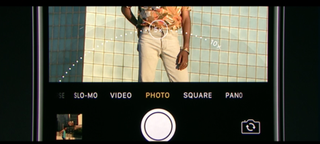
Another cool feature with the dual-camera setup on the iPhone 7 Plus is something Apple calls the Depth Effect, where an object in the foreground stands out in sharp focus contrasted to a stylish background blur. This feature will be available as a software update to the 7 Plus.
Up front, both new phones feature a 7-MP FaceTime camera for selfies and video chats.
Battery Life
Apple is usually pretty stinting about details like how big the battery is in its phones, and the iPhone 7 continues that fine tradition. The company has told us to expect the iPhone 7 to last two hours longer than the 6s, while the iPhone 7 Plus improves on the battery life of the 6s Plus by an hour.
You can expect longer battery life from the 7 Plus, though. Apple says its larger phone offers 21 hours of talk time, 16 days of standby and 13 hours of 4G Internet use. That compares to 14 hours of talk time, 10 days of standby and 12 hours of web surfing for the iPhone 7.
Price
Dual-camera setups, bigger displays and longer battery life have their price. In the iPhone 7 Plus's case, the price is $769 for the 32GB model. Prices scale up by $100 to $869 and $969 for the 128GB and 256GB versions, respectively.
You can save yourself $120 if you opt for the iPhone 7. It starts at $649 for 32GB with the same $100 price jumps for the 128GB ($749) and 256GB ($849) models.
Regardless of which phone you get, you can opt for the silver, gold, rose gold, black and jet black finishes. (The jet black option is limited to the 128GB and 256GB phones, though.)
Outlook
Which iPhone is right for you depends on how serious you are about photography. If you depend on your smartphone for pictures — and want those photos looking as sharp as can be — the iPhone 7 Plus and its dual rear cameras are hard to ignore. Still, if you balk at a larger phone or think that the improvements to the iPhone 7's 12-MP camera sound like they'll meet your needs, you can opt for the smaller phone and save yourself $120.
Catch Up on the Apple Event
Sign up to get the BEST of Tom's Guide direct to your inbox.
Get instant access to breaking news, the hottest reviews, great deals and helpful tips.
Philip Michaels is a Managing Editor at Tom's Guide. He's been covering personal technology since 1999 and was in the building when Steve Jobs showed off the iPhone for the first time. He's been evaluating smartphones since that first iPhone debuted in 2007, and he's been following phone carriers and smartphone plans since 2015. He has strong opinions about Apple, the Oakland Athletics, old movies and proper butchery techniques. Follow him at @PhilipMichaels.

